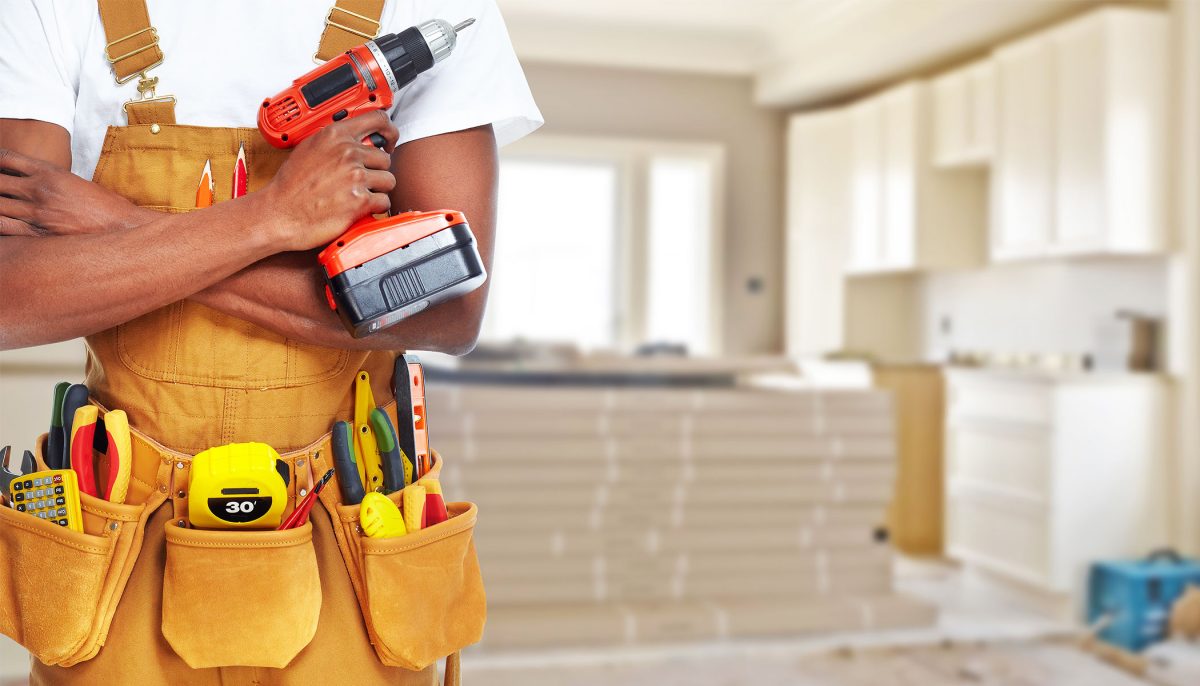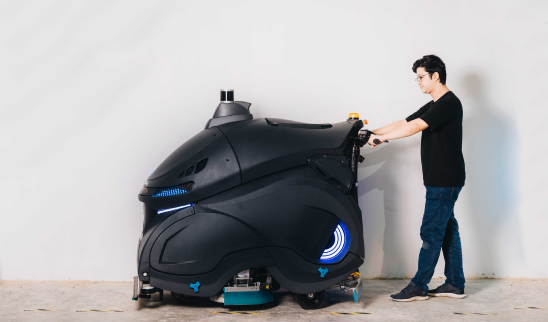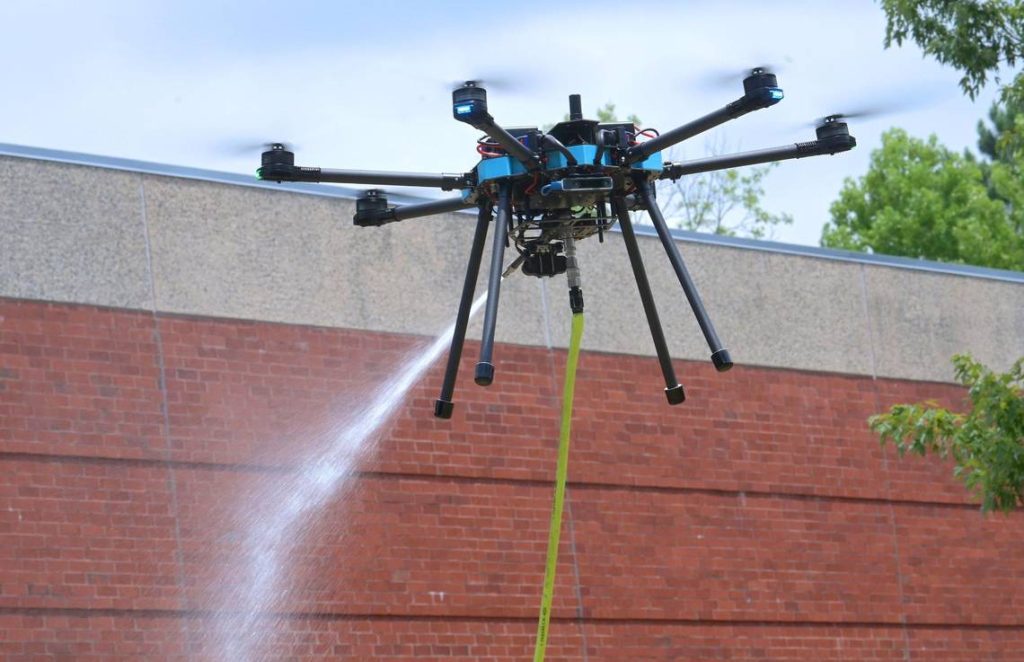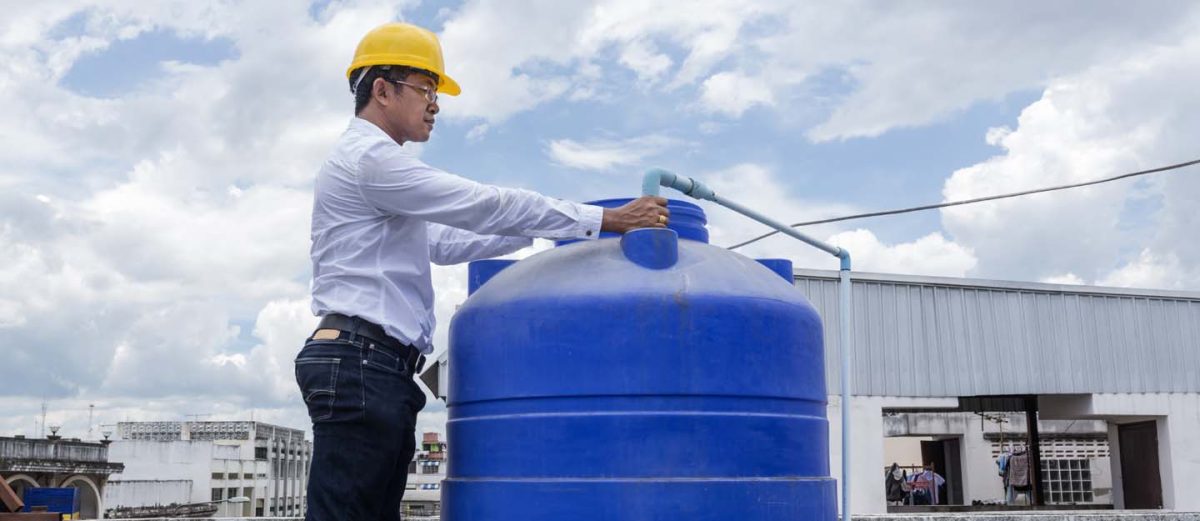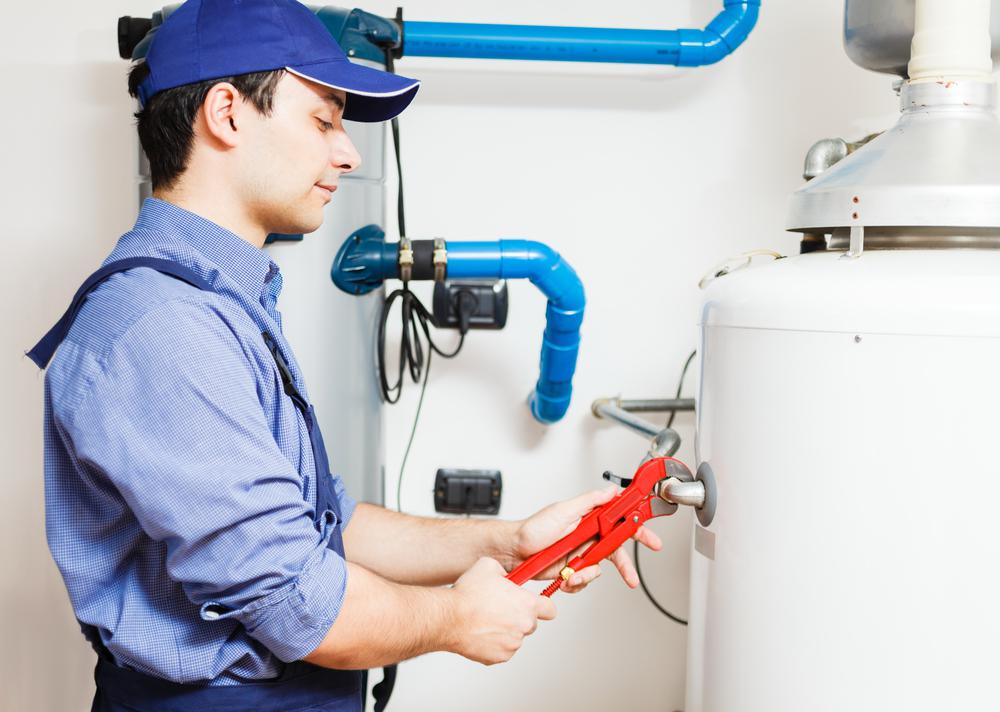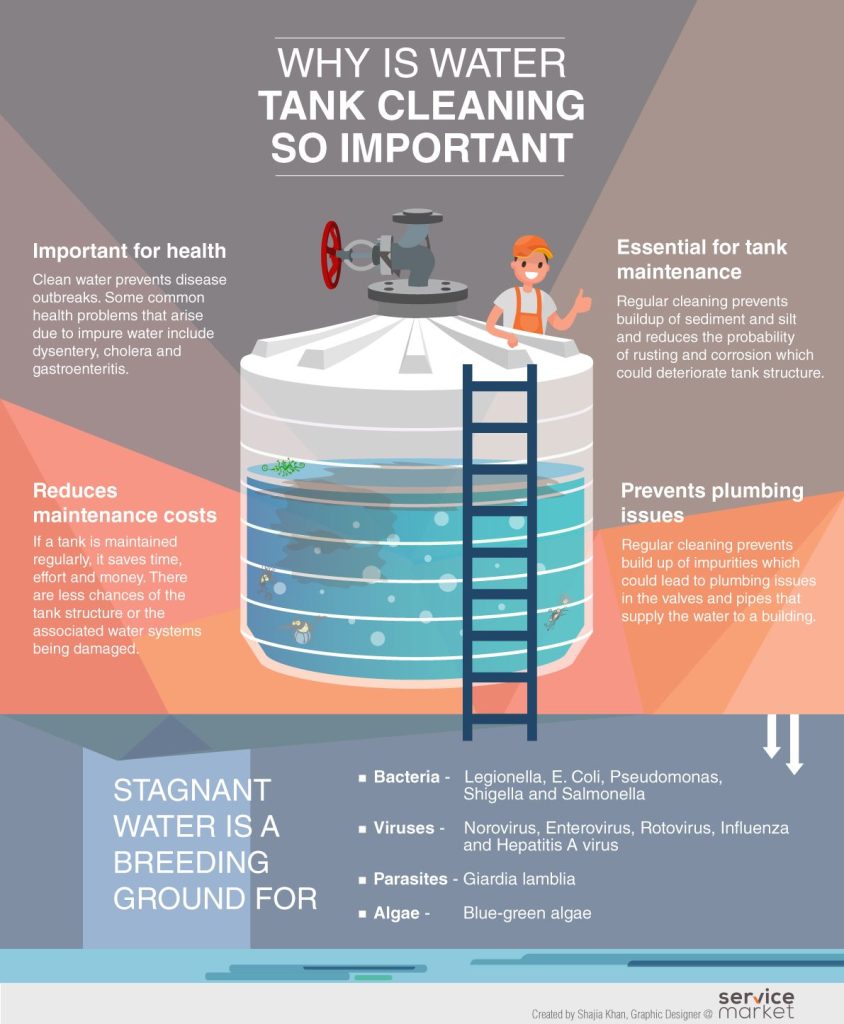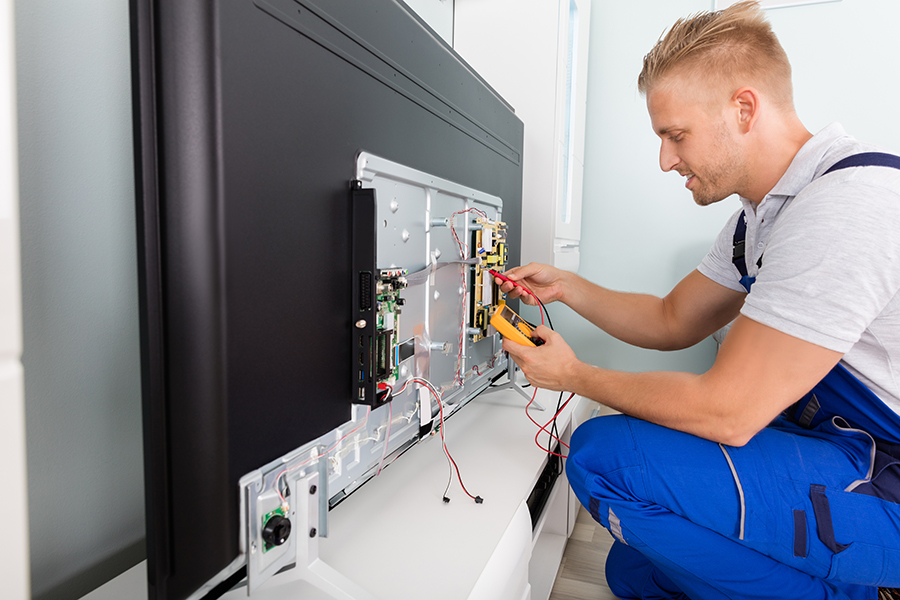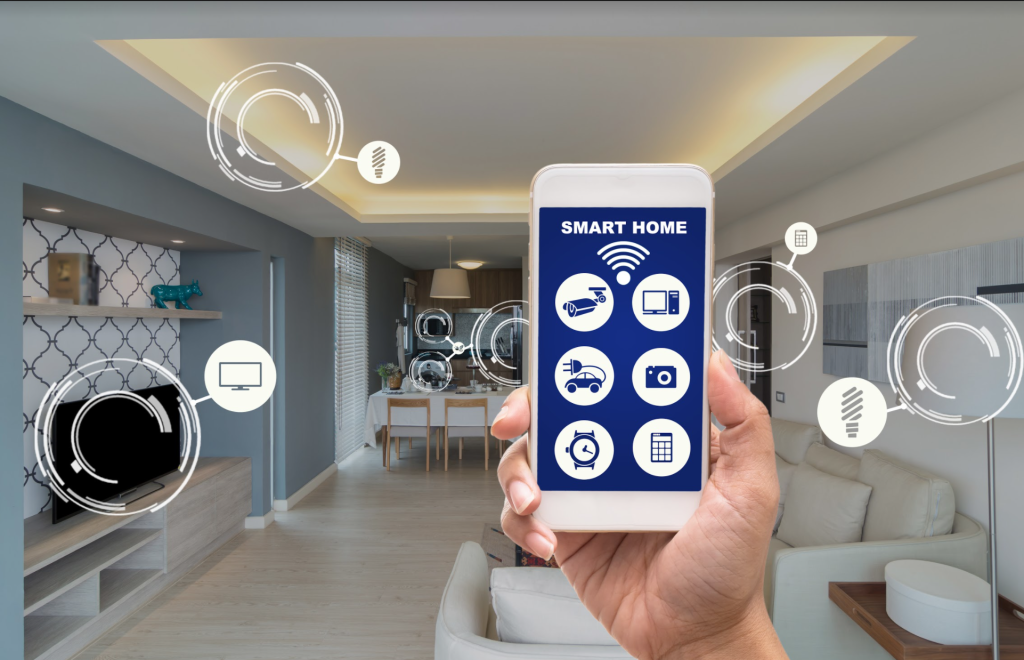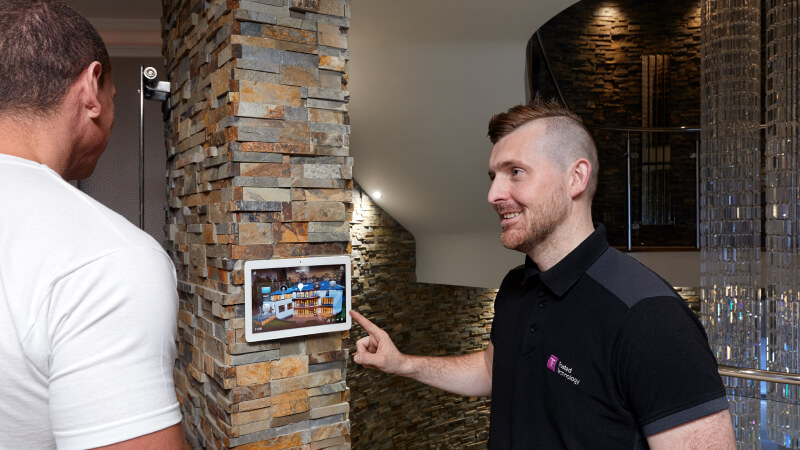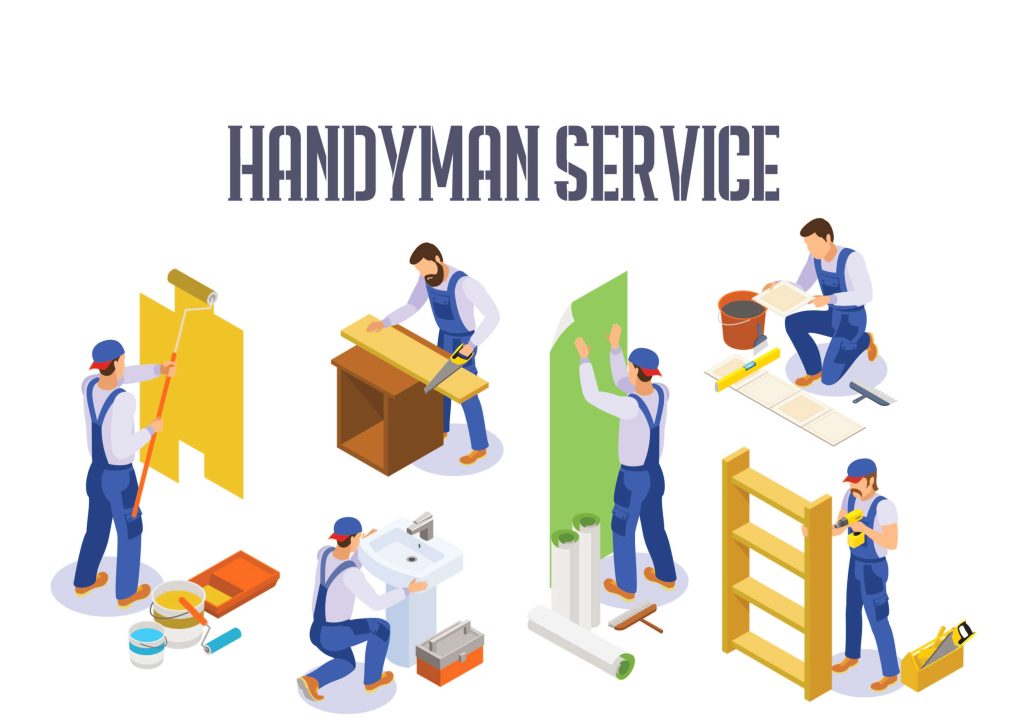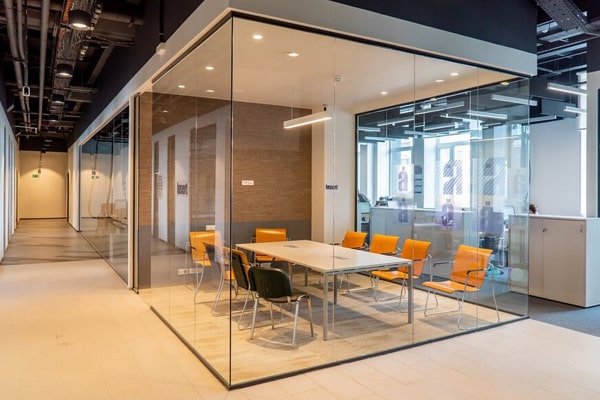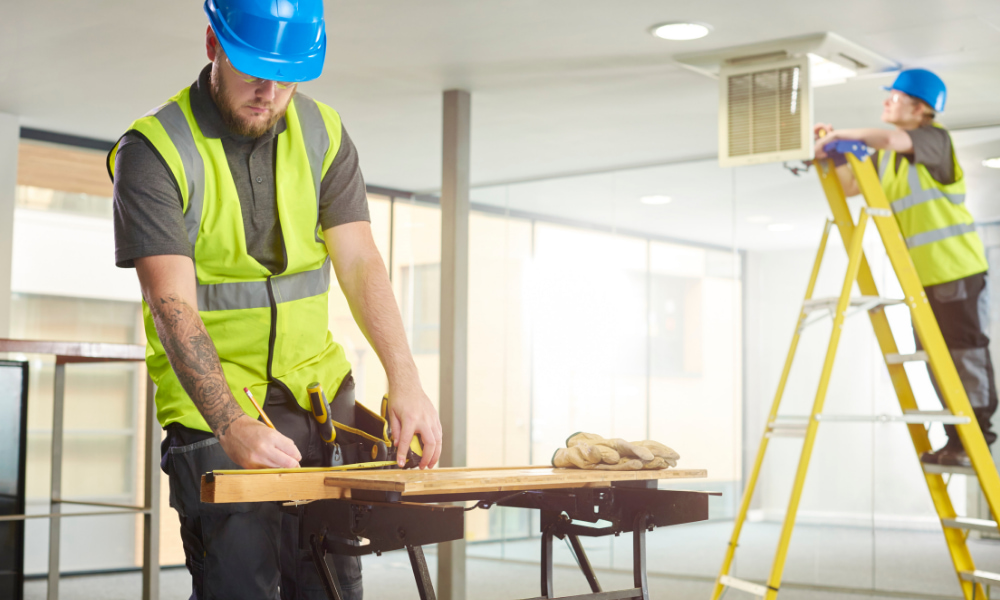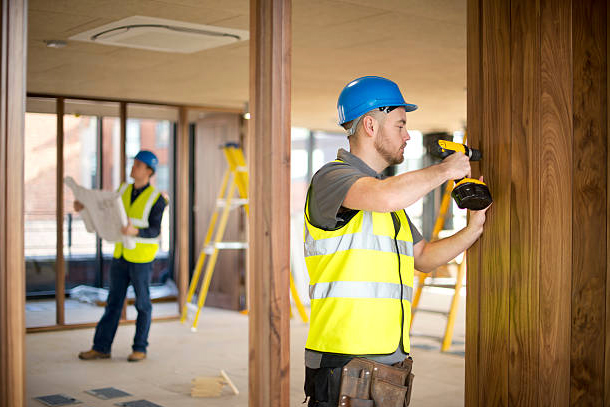Introduction to home renovation
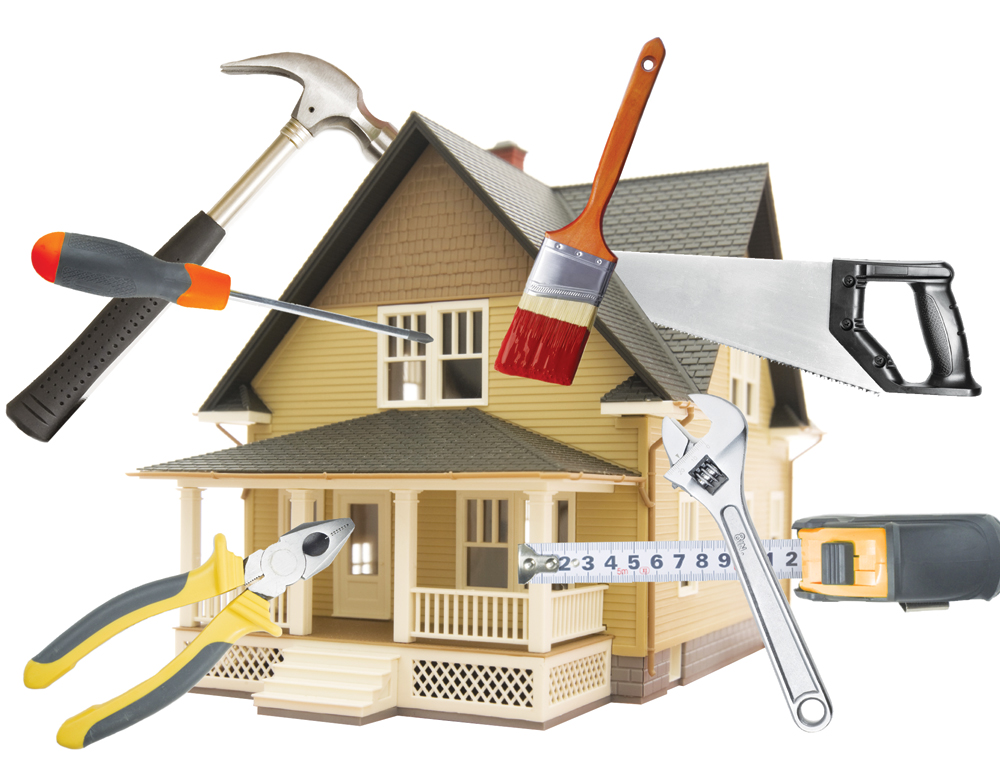
Home renovation projects can breathe new life into your living space, enhance functionality, and increase the value of your property. Whether you’re preparing to sell your home or simply want to create a more comfortable and appealing living environment, there are essential renovation ideas that can transform your space. In this article, we’ll explore some of these ideas, providing you with inspiration and guidance for your next home improvement venture.
- Home Renovation Open Concept Living
One of the most popular trends in modern home renovation is creating open-concept living spaces. Knocking down walls to combine the kitchen, dining room, and living room can make your home feel more spacious and sociable. This design allows for better natural light distribution and encourages interaction among family members and guests.
2. Kitchen Upgrades
The kitchen is often considered the heart of the home, and upgrading it can have a significant impact on your living space. Consider replacing old appliances with energy-efficient models, installing a stylish backsplash, and upgrading countertops and cabinets. A well-designed kitchen can not only improve functionality but also increase the overall appeal of your home.
3. Bathroom Remodeling
A bathroom renovation can turn a functional space into a luxurious retreat. Consider Home renovation modern fixtures, stylish tiles, and the addition of features like a rainfall showerhead, a spa tub, or heated floors. Proper lighting and storage solutions can also enhance the functionality and aesthetic of your bathroom.
4. Flooring Transformation
Changing your flooring can dramatically change the look and feel of a room. Hardwood floors are timeless and add warmth, while tiles are durable and easy to clean. For a budget-friendly Home renovation option, consider laminate or vinyl flooring that mimics the appearance of natural materials.
5. Energy Efficiency Improvements
Incorporating energy-efficient upgrades during your renovation not only reduces utility bills but also contributes to a more sustainable home. Invest in double-glazed windows, adequate insulation, and LED lighting to enhance energy efficiency. You can also explore options for Home renovation solar panels and smart home systems to optimize energy consumption.
6. Fresh Paint and Wallpaper
A fresh coat of paint or stylish wallpaper can instantly transform a room’s ambiance. Choose colors and patterns that align with your design vision and the overall mood you want to create. Neutral tones can make Home renovation a space feel larger, while bold colors or patterns can add character and personality.
7. Storage Solutions
Incorporating efficient storage solutions can help declutter your home and create a more organized living space. In Home renovation Consider built-in shelving, custom closets, and under-the-stair storage to make the most of available space. Clever storage not only enhances functionality but also improves the overall aesthetic.
8. Exterior Enhancements
Don’t forget to consider the exterior of your home. Curb appeal matters, and simple changes like landscaping, a new front door, or fresh exterior paint can make a big difference. You might also want to explore the possibility of adding a deck or patio for outdoor living and entertaining in Home renovation.
9. Smart Home Integration
Integrating smart home technology into your renovation can enhance convenience and security. Smart thermostats, lighting, security systems, and voice-activated assistants can make your home more comfortable and efficient.
10. Architectural Details
Adding architectural details like crown molding, wainscoting, or ceiling beams can give your home a unique and luxurious look. These details can be particularly effective in older homes, where they can restore or enhance the original character of the space.
Transforming your living space through home renovation requires careful planning, a clear vision, and a well-executed strategy. Whether you’re focusing on a single room or planning a whole-house renovation, these essential ideas can help you create a more functional, stylish, and comfortable home. Remember to set a budget, hire experienced professionals when needed, and prioritize your needs and preferences to achieve the best results in your home transformation journey.
Certainly, let’s continue with more essential home renovation ideas to help you further transform your space:
11. Outdoor Oasis
If you have outdoor space, consider transforming it into a relaxing oasis. Install a deck or patio with comfortable seating, add a fire pit or outdoor kitchen, and incorporate landscaping elements like a garden, pond, or fountain. Creating an inviting outdoor space can extend your living area and provide a perfect retreat for relaxation and entertaining Home renovation.
12. Home Office or Study Nook
With the rise of remote work and virtual learning, having a dedicated home office or study nook is becoming increasingly important. Convert an underutilized space, like a spare bedroom or a corner of the living room, into a functional workspace. Invest in ergonomic furniture, proper lighting, and organization solutions to create a productive environment Home renovation.
13. Basement Renovation
A basement often holds untapped potential. Consider finishing your basement to create additional living space, such as a home theater, gym, game room, or guest suite. Proper insulation and waterproofing are crucial to make this area comfortable and usable.
14. Aging-in-Place Features
If you plan to stay in your home for the long term, consider incorporating aging-in-place features into your Home renovation. This includes installing grab bars in the bathroom, widening doorways for wheelchair accessibility, and creating a step less entry into the home. These modifications can improve safety and accessibility as you age.
15. Custom Cabinetry
Custom cabinetry can be a game-changer in your renovation project. In the kitchen, custom cabinets allow you to maximize storage space and tailor the design to your specific needs. In other areas of the home, such as the bedroom or living room, custom built-ins can provide functional storage and a polished look in Home renovation.
16. Artful Lighting
Don’t underestimate the power of lighting in your renovation. Well-placed and thoughtfully chosen lighting fixtures can create ambiance, highlight architectural features, and make your space more inviting. Consider Home renovation a mix of ambient, task, and accent lighting for a balanced and visually appealing result.
17. Unique Flooring Patterns
Experimenting with unique flooring patterns can add a touch of creativity and personality to your home. Herringbone, chevron, or parquet patterns for hardwood floors, or intricate mosaic tiles for bathrooms, can make a bold statement and elevate the overall design.
18. Repurposing and Upcycling
Sustainability is a growing concern in home renovation. Look for opportunities to repurpose or upcycle materials and furnishings. For instance, reclaimed wood can be used for a rustic accent wall, and vintage furniture pieces can be refurbished and integrated into your design for a touch of nostalgia.
19. Statement Ceilings
Consider making your ceiling a focal point of your renovation. Paint it with a bold color, add exposed beams, install a coffered ceiling, or apply decorative ceiling tiles. A well-designed ceiling can draw the eye upward and make a room feel more spacious and elegant.
20. Personal Touches
Lastly, don’t forget to infuse your personality into your home renovation. Incorporate personal touches like artwork, family photos, heirloom furniture, or custom-made decor items. These elements can create a unique and inviting atmosphere that truly feels like home.
Home renovation is an exciting opportunity to transform your living space according to your needs and desires. Whether you’re looking to enhance functionality, improve aesthetics, or increase energy efficiency, these essential renovation ideas offer a diverse range of options to inspire your project. Remember to plan carefully, seek professional guidance when necessary, and prioritize your vision to achieve the home of your dreams.
Of course, let’s continue exploring more essential home renovation ideas to help you achieve a remarkable transformation of your living space:
21. Luxurious Bathroom Fixtures
Upgrade your bathroom by investing in luxurious fixtures such as rainfall showerheads, freestanding soaking tubs, and high-end faucets. These elegant additions can turn your daily routines into spa-like experiences and elevate the overall aesthetic of your bathroom.
23. Custom Walk-in Closets
Transform your bedroom by creating a custom walk-in closet. Tailor the space to your storage needs, incorporating shelving, drawers, hanging space, and even a vanity area. A well-organized closet not only adds functionality but also adds value to your home.
24. Home Automation
Integrating smart home automation into your renovation can enhance convenience and energy efficiency. Install a smart thermostat, smart locks, and a home security system that you can control from your smartphone. You can also consider voice-activated assistants like Amazon Alexa or Google Assistant for hands-free control of various aspects of your home.
25. Outdoor Kitchen
If you love outdoor entertaining, consider adding an outdoor kitchen to your renovation plans. A fully-equipped outdoor cooking area with a grill, sink, and countertop space can make hosting barbecues and gatherings more enjoyable. Add comfortable seating and shading options to create a complete outdoor dining experience.
25. Home Theater
Create a cinematic experience in the comfort of your own home by building a dedicated home theater room. Invest in high-quality audio-visual equipment, comfortable seating, and soundproofing to replicate the atmosphere of a movie theater. This space is perfect for family movie nights and entertaining guests.
26. Sunroom or Conservatory
If you’re looking to bring more natural light into your home, consider adding a sunroom or conservatory. These Home renovation glass-enclosed spaces not only provide a serene spot to enjoy the outdoors year-round but can also serve as a lush indoor garden or a versatile extra living area.
27. Fireplace Makeover
Give your living room or bedroom a cozy and inviting ambiance by updating or installing a fireplace in Home renovation. You can opt for a traditional wood-burning fireplace, a gas fireplace, or even an electric version. Surround it with stylish tile or stone and complement it with comfortable seating to create a focal point in the room.
28. Exterior Cladding
Revitalize the exterior of your home with new cladding or siding. Choose materials that not only improve the aesthetics but also provide better insulation and weather resistance. Whether you prefer the timeless look of brick or the modern appeal of metal, exterior cladding can enhance your home’s curb appeal.
29. Pet-Friendly Features
If you have pets, consider incorporating pet-friendly features into your renovation. This could include built-in pet beds, feeding stations, and even a dedicated pet washing area in the mudroom or laundry room. These additions will make your home more comfortable for both you and your furry companions.
30. Dual-Purpose Furniture
In smaller spaces, dual-purpose furniture can maximize functionality. Look for items like sofa beds, wall-mounted fold-down desks, and dining tables with built-in storage. These space-saving solutions ensure your home remains practical without feeling cramped.
Transforming your home through renovation is an exciting journey that offers numerous opportunities to enhance functionality, aesthetics, and personal satisfaction. These additional essential renovation ideas provide you with a diverse range of options to consider as you plan your project. Remember to set a realistic budget, conduct thorough research, and work with experienced professionals when necessary to ensure a successful renovation that truly transforms your living space into the home of your dreams.
31. Outdoor Living Room
Extend your indoor living space into the outdoors by creating an outdoor living room or lounge area. Install comfortable seating, an outdoor fireplace or fire pit, and add outdoor rugs and lighting. This outdoor space can be perfect for relaxing with family and friends or enjoying a quiet evening under the stars.
32. Mudroom and Entryway Upgrades
A well-organized mudroom or entryway can help keep your home clean and clutter-free. Install hooks, shelves, and storage benches for shoes, coats, and bags. Consider using durable and easy-to-clean materials like tile or laminate flooring to handle heavy foot traffic.
33. Skylights and Sun Tunnels
Natural light can transform the look and feel of any room. Consider installing skylights or sun tunnels to bring more sunlight into your home. They can brighten up dark areas, reduce the need for artificial lighting, and create a more cheerful and energy-efficient living space.
34. Custom Built-Ins
Custom-built shelving, bookcases, and cabinets can add both storage and style to your home. Whether it’s a library wall, a built-in entertainment center, or a window seat with storage, custom built-ins can be tailored to fit your specific needs and preferences.
35. Staircase Redesign
If your home has a staircase, it can be a prime candidate for renovation. Consider updating the railing, balusters, and treads to give it a fresh, modern look. You can also add storage under the stairs or incorporate decorative elements like a statement chandelier.
36. Art Gallery Walls

Create a unique and personal touch in your home by dedicating a wall to an art gallery. Display your favorite artwork, photographs, and memorabilia in stylish frames and arrangements. This gallery wall can serve as a focal point in your living room, hallway, or dining area.
37. Energy-Efficient Windows and Doors
Replacing old and inefficient windows and doors can have a significant impact on your home’s energy efficiency and comfort. Choose energy-efficient models with high-quality insulation to reduce drafts and lower your heating and cooling costs.
38. Colorful Backsplash
Enhance your kitchen or bathroom with a vibrant and eye-catching backsplash. Bold and colorful tiles can add personality and drama to your space. This small addition can make a big statement and serve as a focal point in your room.
39. Home Gym
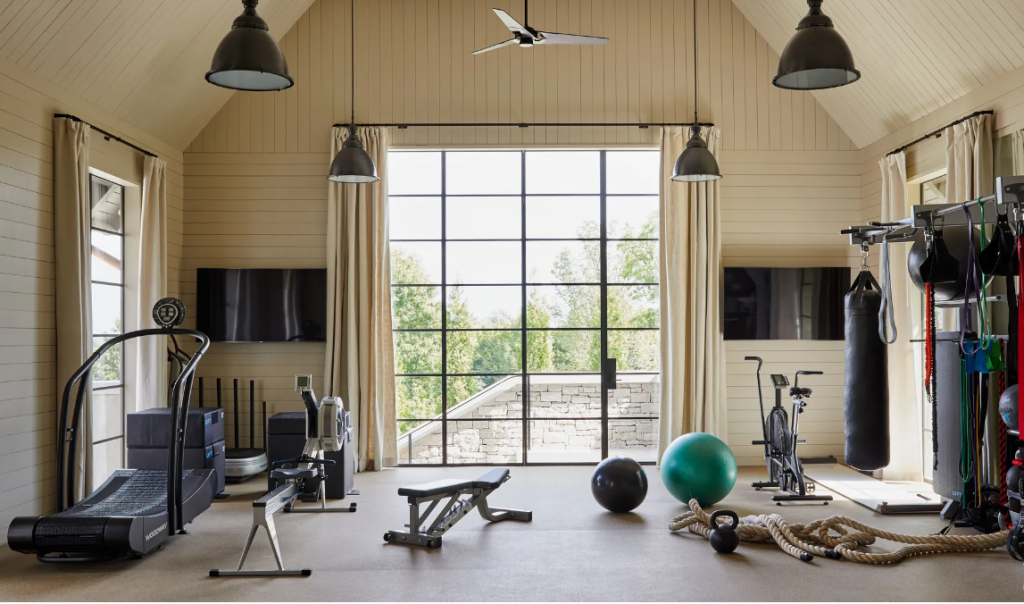
Transform a spare room, garage, or basement into a home gym. Install rubber flooring for durability, mirrors to check your form, and equipment that suits your fitness goals. Having a dedicated exercise space at home can make it easier to stay active and healthy.
40. Hidden Storage
Incorporate hidden storage solutions into your renovation to maintain a clean and clutter-free environment. Consider utilizing under-bed storage, concealed cabinets, and furniture with built-in storage compartments to keep your home organized and visually appealing.
Conclusion
Home renovation is a creative and rewarding endeavor that allows you to tailor your living space to your unique preferences and needs. These additional essential renovation ideas provide you with a wealth of options to consider as you plan and execute your project. Remember to stay within your budget, plan carefully, and consult with professionals when necessary to ensure that your home transformation is a success, resulting in a space that truly reflects your style and enhances your quality of life.
